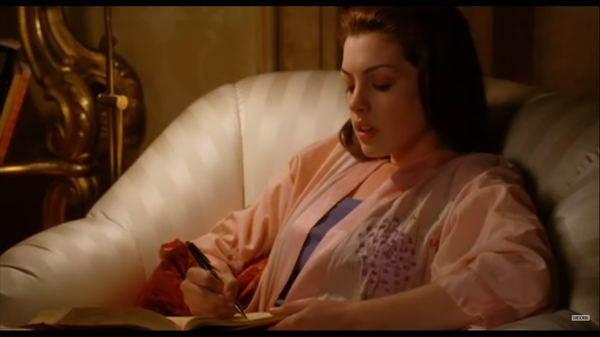When my brother was in eighth grade, he decided to join the marching band and two years later when I started eighth grade, I decided to follow in his footsteps. Unlike my brother, I could not play any instruments and therefore I resorted to joining the marching band's color guard and there has not been a moment that I have regretted it.
Since being a part of a color guard, I have noticed that people often overlook them and question what exactly does a color guard bring to a marching band?
Yes, we all know that spinning a flag isn’t the same as playing an instrument, but it is the same in the fact that a color guard has to spin a flag while marching at the same time just like a musician has to play the correct notes while marching as well.
The element of the color guard allows the audience to have a visual element which aids them to understand the music better and overall allows them to put a visual along with the music. Among the objectives of a marching band, there is the goal to tell a story. The movements of a color guard member and their flags helps to tell the story of a marching band show. Flag changes (moments in a marching band where members of color guards use a certain amount of time to change flags for the next song) seem unimportant to the audience, but once the flags are changed, they change the setting of the music and help the audience to realize the tone of the next song.
Although you have the support of parents of the students in the marching band, the average audience at a high school football game are students who are there to watch the football game, not the marching band. The element of the color guard catches the attention of the audience and forces them to pay more attention to the various elements of a marching band: the drumline, the pit and the wind instruments.
Most importantly, the color guard of a marching band adds color to the performance, hence the name. While there is color on the uniforms of the musicians, the continuous changing of the color guards flags as well as their different uniforms (compared to the other members of the marching band) catch the eye of the audience and once again, enhances the story that the musicians are trying to tell through the different musical elements that form the sound of a marching band.
Color guards are important to marching band because they bring everything together. They help everyone understand the rhythm of the wind instruments, the taps of the drums and the various sounds of the instruments within the pit together. Without the color brought by the color guard, the marching band’s story would be harder to initially understand and most likely lose the attention of those who aren’t friends of members of the marching band or their family.




















